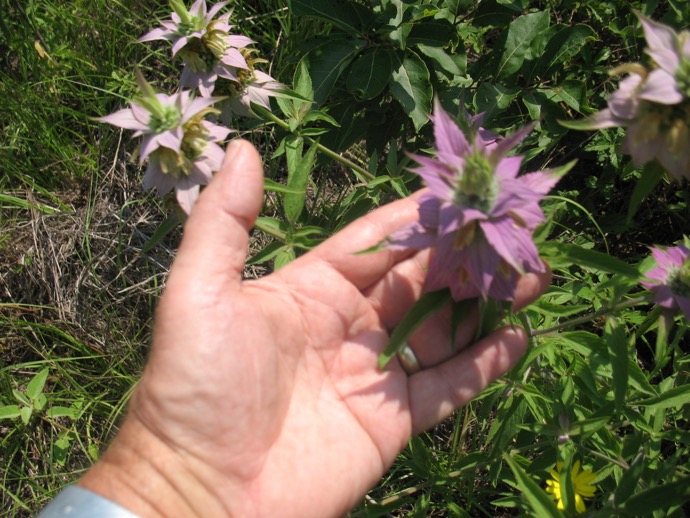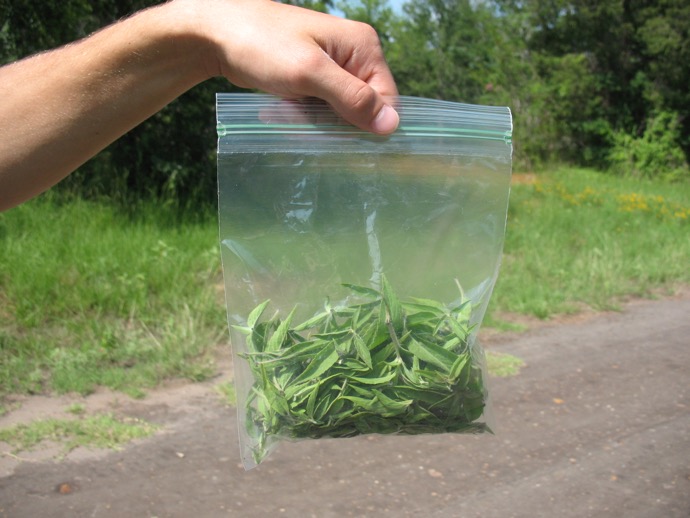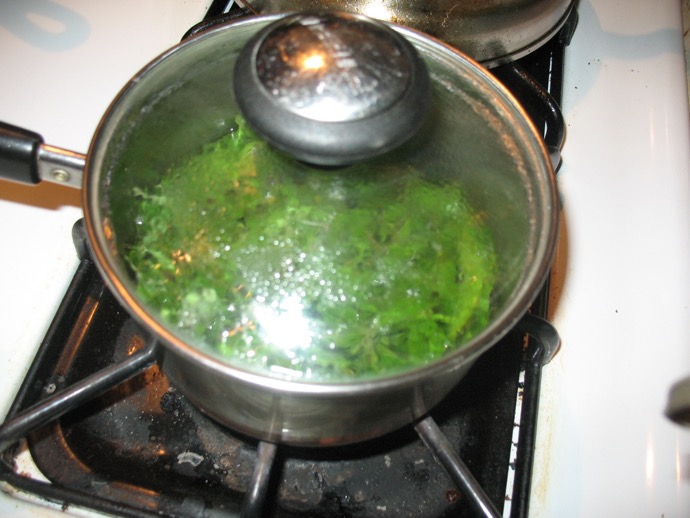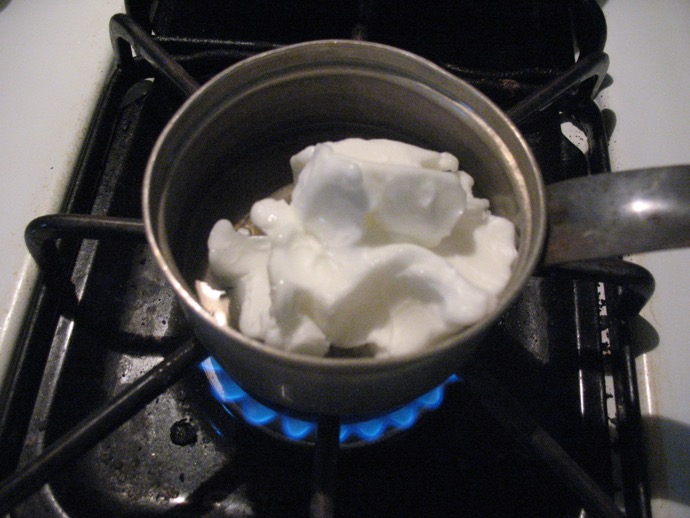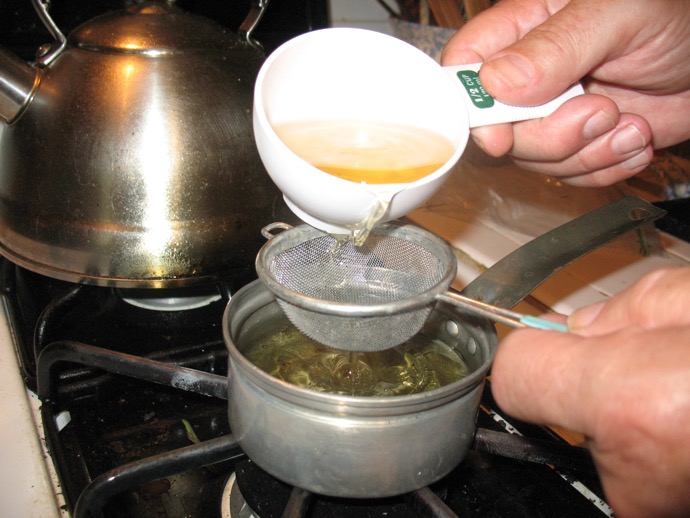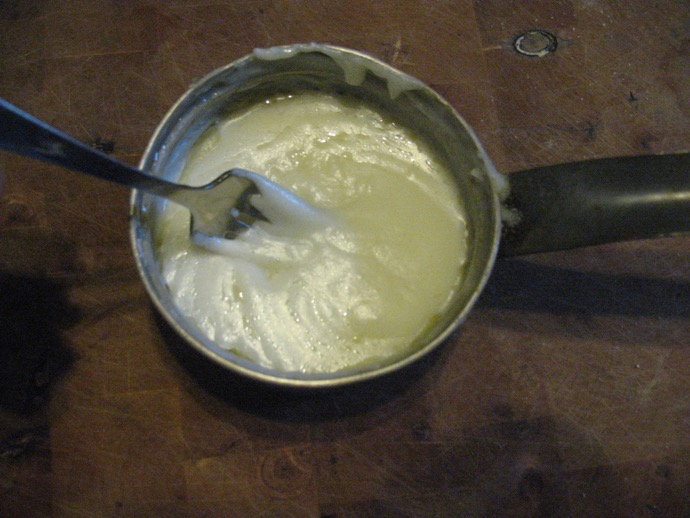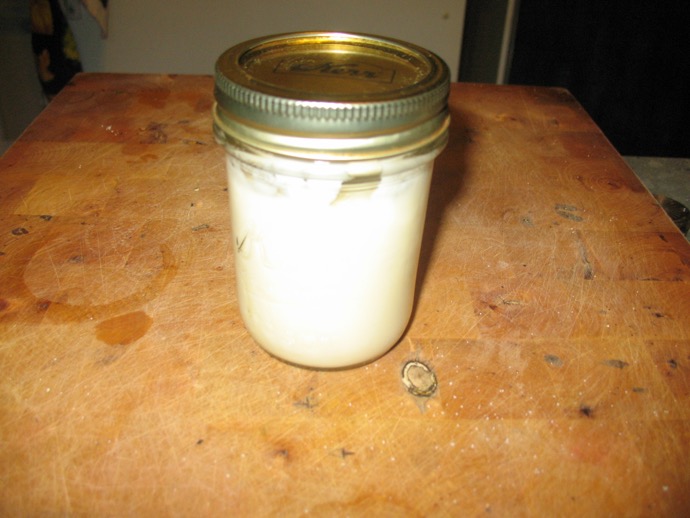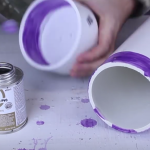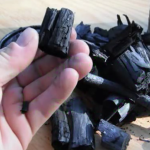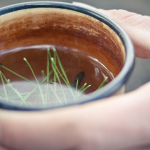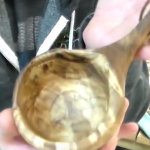How to Make a Muscle Balm out of Horsemint
Horsemint is a plant that is found all over the Southeastern United States, and it is the perfect natural remedy to use for soothing sore muscles. You can turn horsemint leaves into a powerful balm that can provide immediate and lasting pain relief in a few simple steps. Take a look at the process and start making your own batch today.
Horsemint is a purple flower with bunches of pointy petals that have a very distinctive medicinal smell. However, the remedy itself comes from the leaves, and you will need to harvest a couple of handfuls in order to make a good-sized batch. It’s important that you use freshly-picked leaves for this remedy for maximum potency and effectiveness.
Preparing the Tea
The first step is to bring a couple of cups of water to a boil and add the leaves. Turn off the heat, cover the pot and allow the leaves to soak for about 20 minutes. However, you can probably increase its potency by letting the leaves steep for a longer period of time. Expect to be overwhelmed with a very pungent odor as the leaves release their medicinal compounds, and consider doing this outside or in a well-ventilated room.
Preparing the Balm
You should prepare the balm at the same time the leaves are steeping so you can combine everything at peak freshness. Measure a cup of vegetable shortening or lard and put it into a small pot over a low flame. It’s important that you melt the shortening without letting it cook, boil or burn, so keep an eye on the pot and immediately remove from heat once it is finished.
Combining the Items
The next step is to pour ½ cup of the tea through a strainer that is placed over the pot with the melted shortening. You don’t want any leaves or debris to get into the mixture, because they can scratch, gouge and irritate the skin when you apply the balm later. Stir the tea and shortening together and allow the mixture to cool down a bit. You will notice that the tea and shortening separate somewhat as it cools, and this is perfectly normal. This is just the oil from the leaves that is rising to the top, but the essence of this remedy is integrated with the shortening.
Take a fork and stir everything as it cools until the remedy develops the consistency of a yogurt or runny pancake batter. All you need to do now is pour the mixture into a clean jar with an airtight lid and store in a cool, dry place. When you want to use the remedy, simply stir it a few times before scooping a dab with your fingers and applying to the affected area. Gently massage it into the skin.
Keep in mind that the lard makes this remedy very greasy. However, it will also help to hold the medicine in place until it can do its job. You can replace lard with alternatives such as skin lotion or coconut oil, but the finished product may not be as concentrated or long-lasting. Try different variations and see which combination works best for you. Wash off with warm soapy water when finished and apply a few times a day until the soreness subsides.
Try this remedy out for yourself if you live in an area where this plant grows. This may be just what the doctor ordered to provide topical pain relief during a survival situation when other options may not be available.


